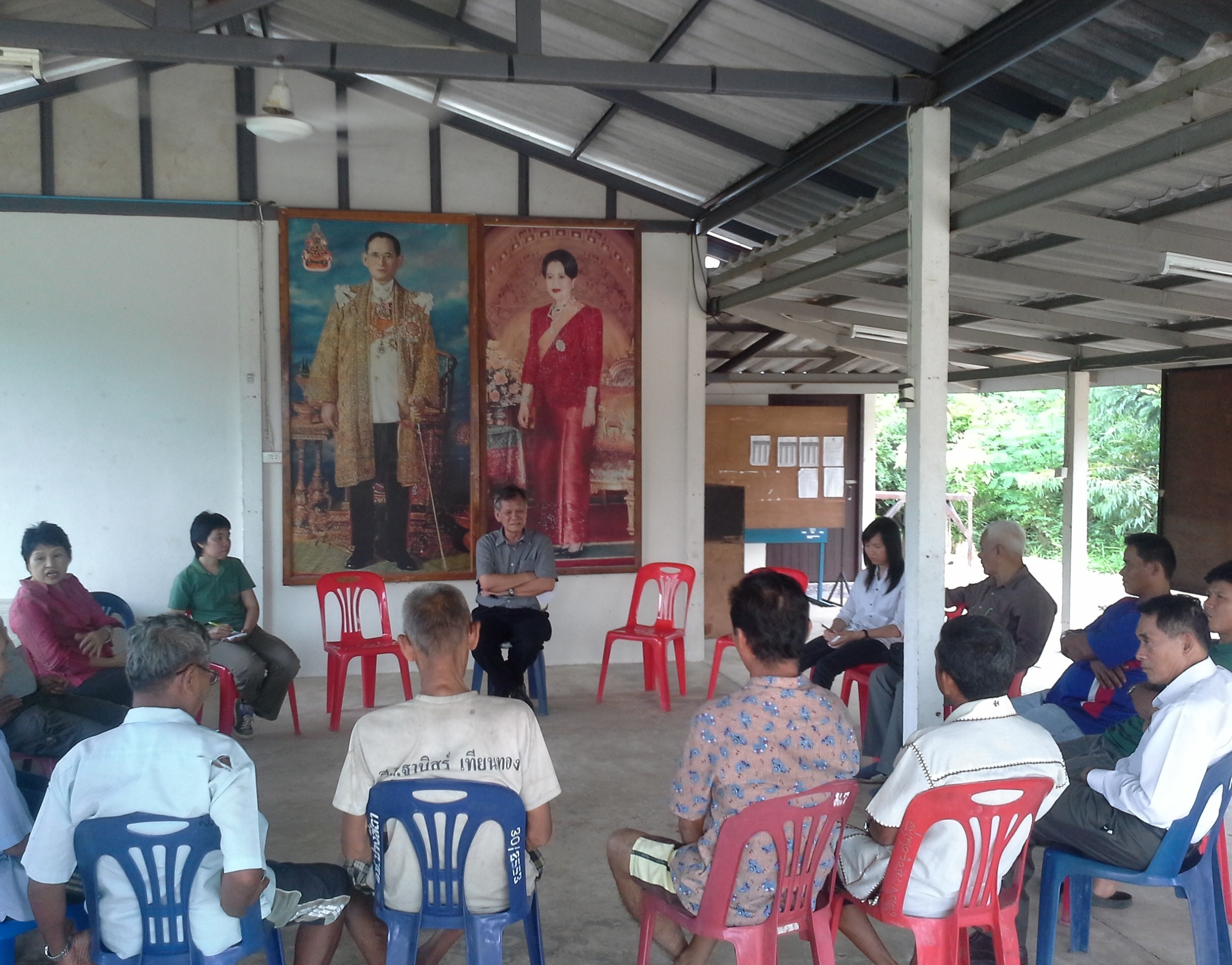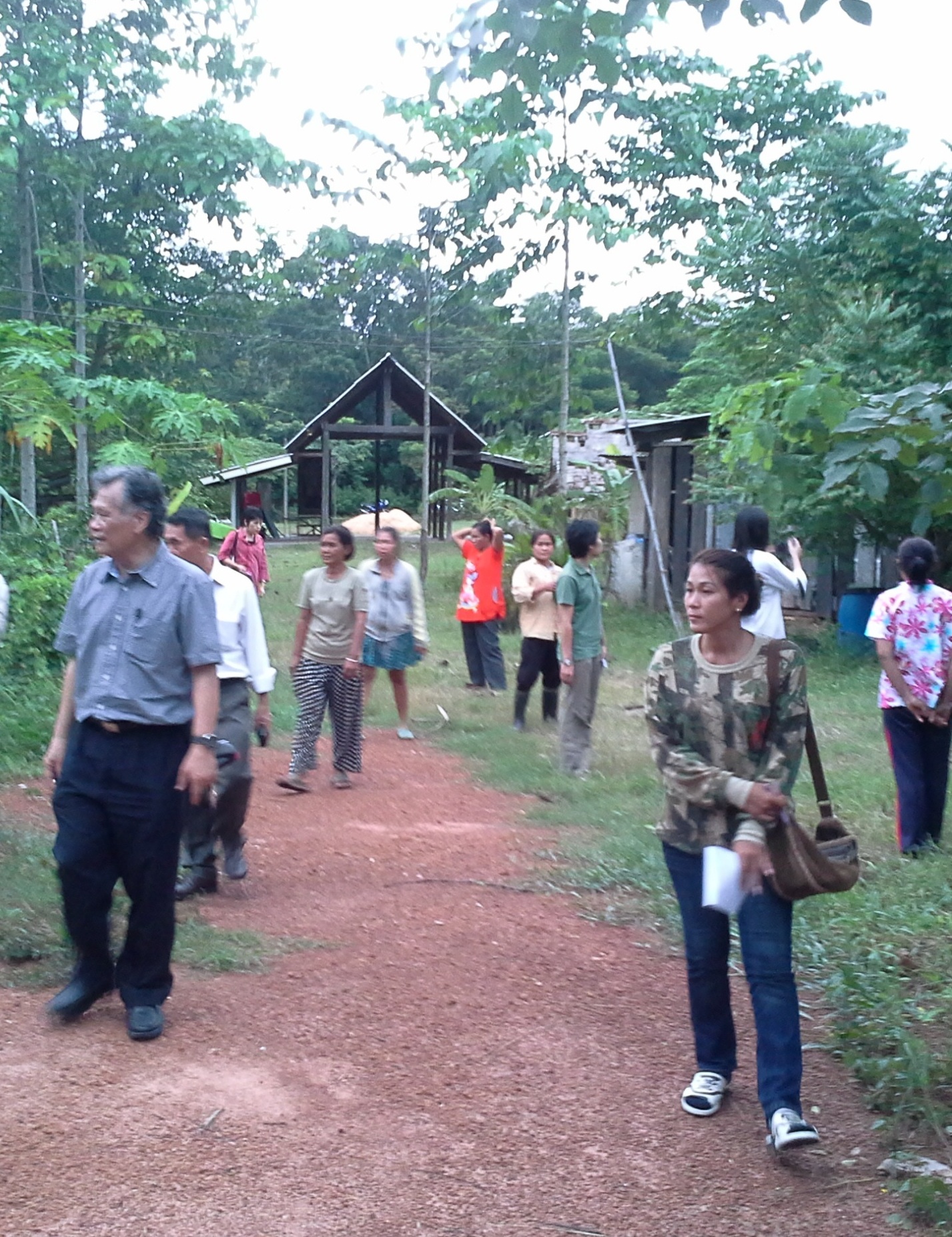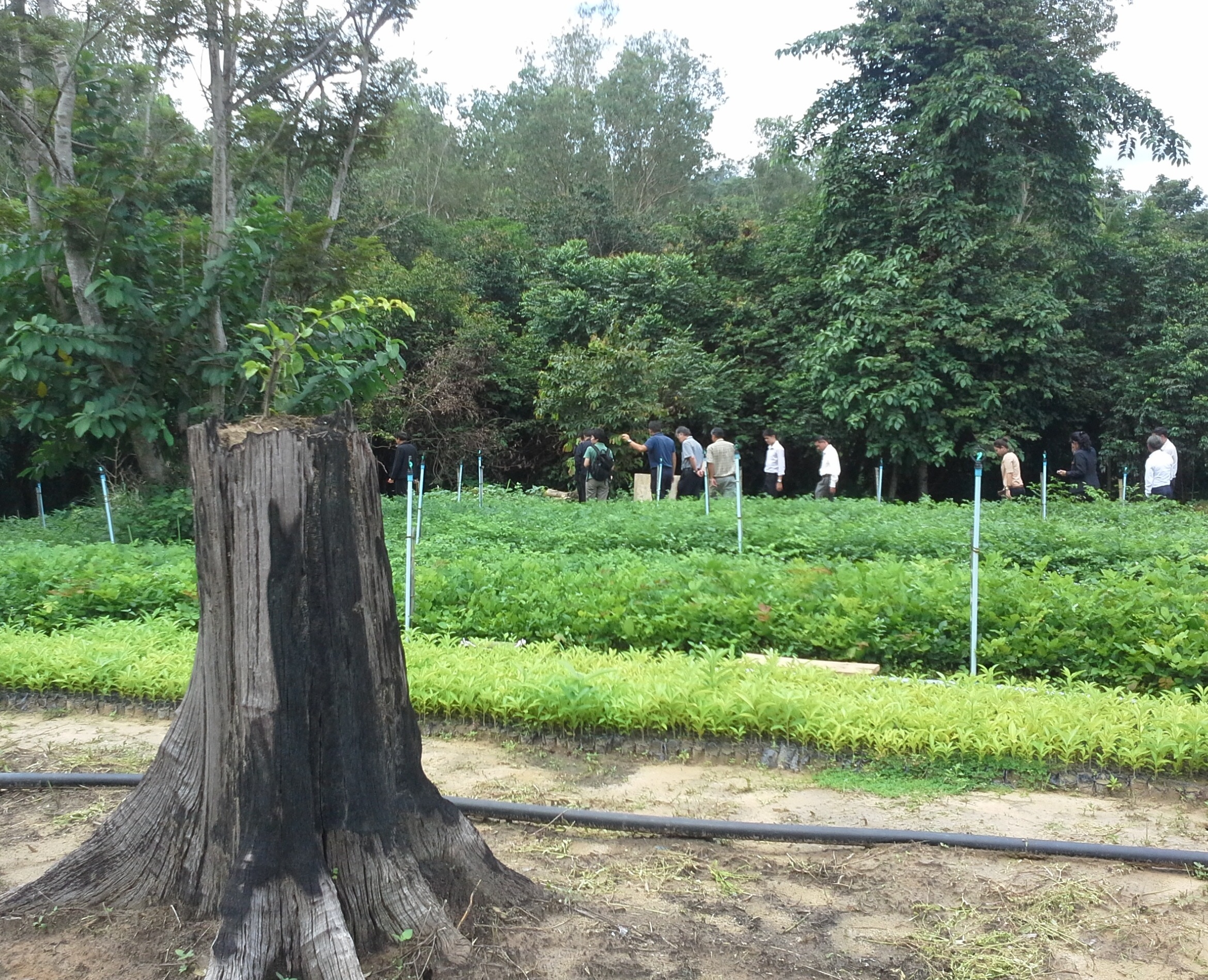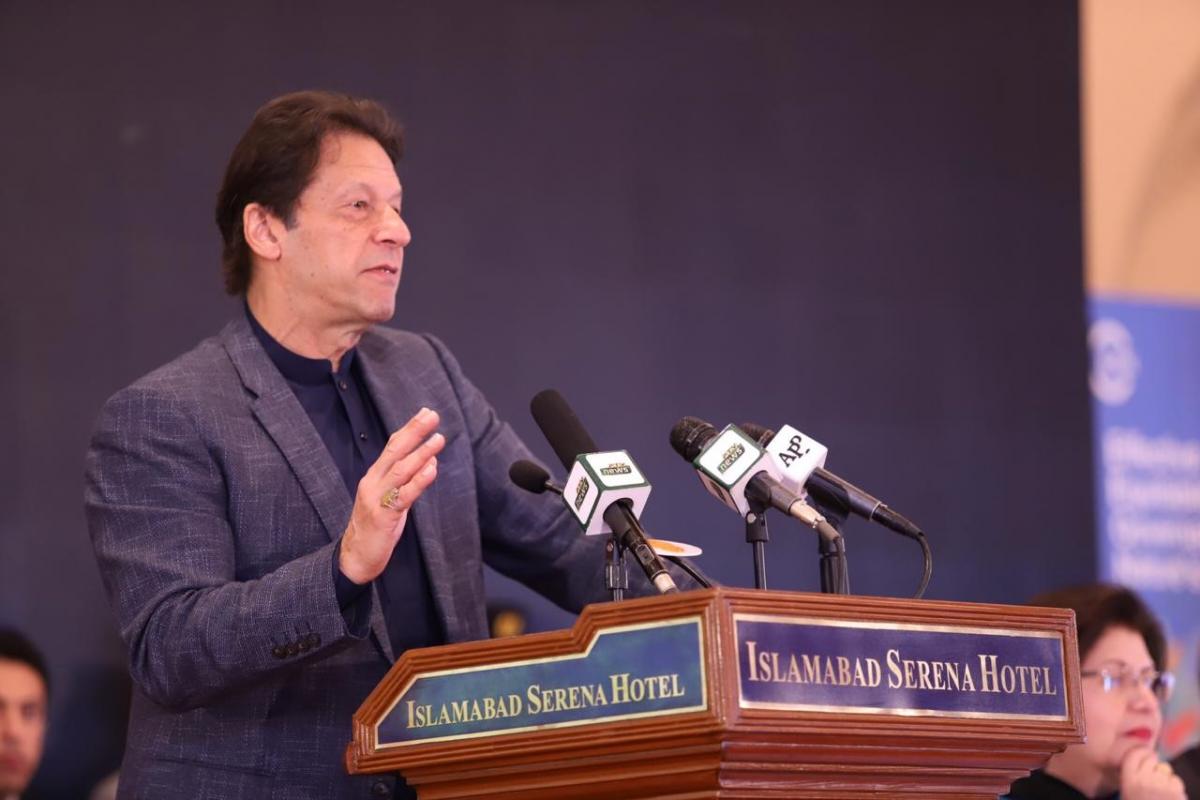Moving Towards Community Engagement in Pang Sida National Park
Pang Sida National Park covers the area of Amphur Muang of Sa Kaew Province, Wattana Nakorn and Amphur Na Dee of Prachinburi Province in Thailand. These regions consist of fertile forests and invaluable natural resources. Designated a national park in 1982, it is about 594 sq. km. The landscape consists of high mountains; the area is fertile and is home to a variety of flora and fauna. This region also is a part of the landscape that constitutes the upper watershed of the Bang Pakong river basin.
Within its confines, Pang Sida National Park contains semi-evergreen forests, montaine forests and deciduous forests. It has valuable plant species such as blackwood and rosewood, each extending into a forest of its kind. It also houses more than 400 varieties of butterfly. Because the forest in this area is productive and is the source of many rivers; it provides a good habitat for wild animals, more than 200 species of birds, and rare freshwater crocodile.
What is special about the Park is that it is transboundary and borders Cambodia. Together with the nearby Khao Yai National Park, it forms the Dong Phayayen-Khao Yai Forest Complex, declared a UNESCO World Heritage Site. The rising threats to this area include poaching and illegal logging of Siamese Rosewood (Dalbergia cochinchinensis), which is then shipped to neighbouring countries such as China, and sold for a high price. In addition, a road and dam are being constructed through Pang Sida, for which part of the landscape is to be cleared. These factors have contributed to discussions on whether this particular Heritage Site should be included in the list of World Heritage in Danger.
Waste management and water pollution control are also important concerns, as a poor watershed will provide a diminished quality and quantity of water to the Bang Pakong river basin. If Pang Sida were to become environmentally degraded, this will decrease the functions of the watershed. Therefore, it is imperative to replenish forests as they are vital for provision of water. There is a pressing need to understand connections between upper regions of the water basin to the lower, as they are intrinsically reliant upon each other. In this context, multi-stakeholder dialogues are important to bring together the community and also to increase their awareness. This is the essence of the Mekong Water Dialogues.
Local communities in the region are dependent on certain areas of the National Park to cultivate crops for subsistence. The Park authorities realised that they have not effectively engaged communities for better conserving the protected zone. In order to achieve this objective, IUCN is working in collaboration with the Department of National Parks (DNP), Wildlife and Plant Conservation and Thailand’s Internal Security Operations Command. Two visits have already been made for this purpose, and some important issues have been raised as a result. One such point is that there is a need to look for alternate pastures for gaur (Indian bison) as they currently graze on a limited area of 5,000 rai (80 ha). In addition, there is a rising demand for Siamese rosewood, abundant in Pang Sida. This rosewood is high in value, but is low in terms of volume in the forest.
Held in the course of this year, the first visit was undertaken by IUCN on the invitation of DNP to witness and evaluate the current state of Dong Phayayen-Khao Yai World Heritage Site as well as Pang Sida. It also aimed to propose measures to be taken by DNP in order to work toward solutions. Expansions of the road, construction of a dam, as well as rosewood logging were identified as having damaging environmental effects and diminishing the overall value of this region as a World Heritage Site. The second IUCN visit was to follow up with the community, as they showed interest in collaborating with DNP and IUCN in carrying out local conservation initiatives. These activities will ultimately contribute to the betterment of the upper Ban Pakong river basin, the National Park, and the World Heritage Site as a whole.
Livelihood improvement is an important part of IUCN’s suggestions for community engagement in the Pang Sida region. This includes practicing sustainable agriculture, animal husbandry and other nature-friendly income generation options.
“There is a need to engage the community around Pang Sida National Park to better conserve the watershed and the protected zone. Community-based tourism can be a good source for alternate livelihoods. For instance, butterfly-based attractions, bird-watching activities and nature trails can bring tourists to Pang Sida. This can deter poachers and loggers by opening parts of the forest to visitors”, says Tawatchai Rattanasorn, Senior Programme Officer of IUCN Thailand.
Following soon after the IUCN visits to Pang Sida, some suggestions have been proposed to conserve forests within the National Park and diminish threats of illegal logging and poaching. Potentially, the community can cultivate high value tree species, such as Siamese rosewood, on allocated tracts of land outside of the protected area. Besides helping to replenish forest cover, this can also reduce logging activity in the protected zone. Cultivating different crops can diversify livelihoods; particularly if for instance communities grow cassava or sugarcane. A combination of these suggested activities will contribute to an improved condition of the watershed zone for the future.
On August 15 2013, IUCN has planned a tree-planting day involving the community living adjacent to Pang Sida National Park. This activity will help residents to identify their farmland and community land, as well as to plant high-value timber tree species. This will add value to the farmland and also provide resources for the future. The objective of the tree-planting is to cement a relationship between the community, IUCN and the National Park so that they can work together to improve the natural habitat and local livelihoods. As part of the Mekong Water Dialogues, IUCN’s visits to Pang Sida have set in motion concrete steps for engaging local communities to facilitate watershed conservation in the region.
By Ria Sen, Communications Intern





